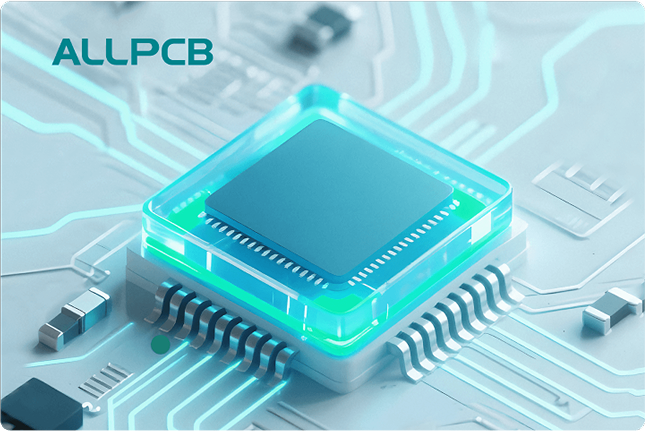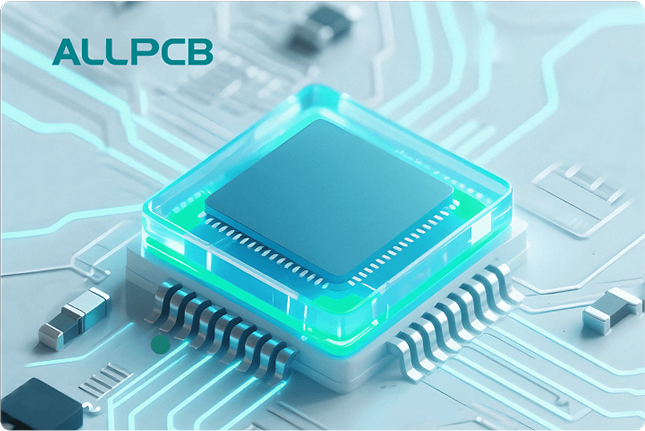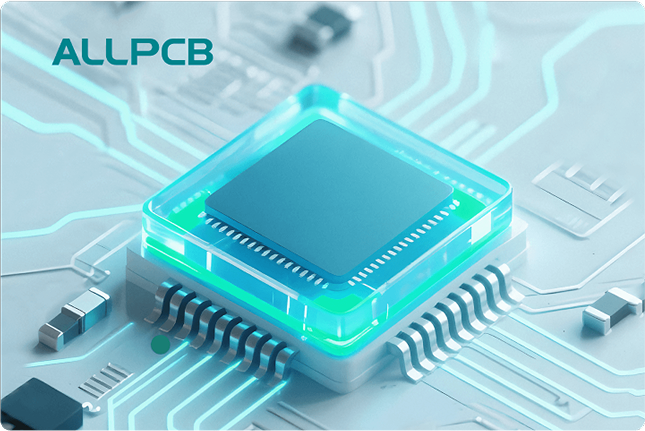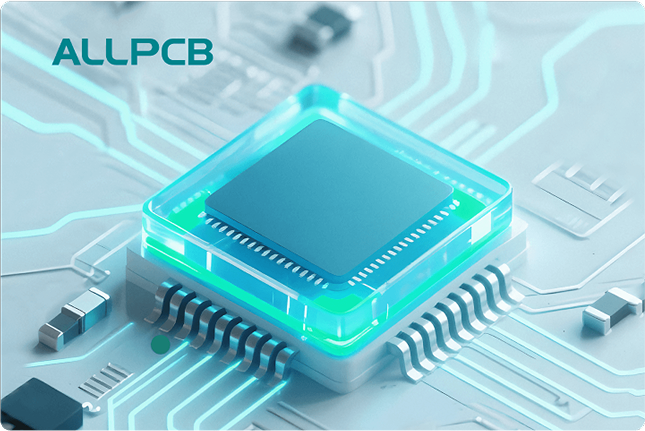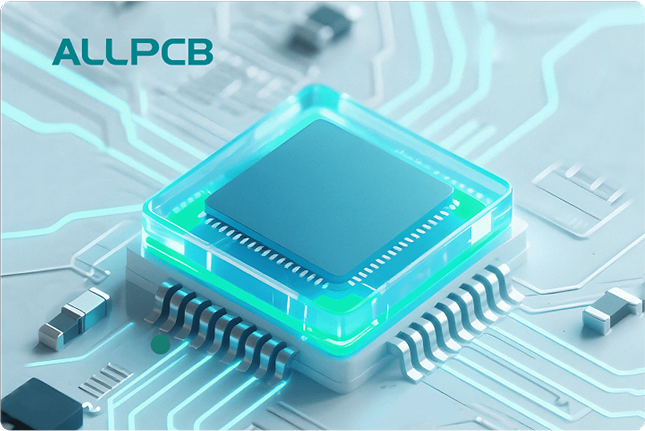If you're looking to power LEDs efficiently for your DIY projects, a simple LED driver circuit with discrete components is a great solution. This circuit, often designed as a constant current source, ensures your LEDs operate safely and maintain consistent brightness. In this guide, we'll walk you through the process of designing and building a discrete component LED driver, perfect for hobbyists and engineers working on DIY LED projects. Whether you're new to LED circuit design or looking to refine your skills, this step-by-step tutorial will provide everything you need to get started.
Why Use a Discrete Component LED Driver?
LEDs are sensitive to current and voltage fluctuations. Supplying them with too much current can cause overheating and damage, while insufficient current results in dim or inconsistent lighting. A discrete component LED driver, built using basic parts like transistors, resistors, and diodes, offers a custom solution to regulate current and protect your LEDs. Unlike integrated circuit (IC) drivers, using discrete components gives you full control over the design, making it ideal for learning and small-scale DIY LED projects.
By building a constant current source with discrete components, you ensure that your LEDs receive a steady current regardless of voltage changes. This approach is cost-effective, educational, and highly customizable for various LED configurations. Let's dive into the essentials of LED driver circuit design and how to create one from scratch.
Understanding the Basics of LED Driver Circuits
Before we start building, it's important to understand the core concept of an LED driver circuit. LEDs require a specific forward voltage (Vf) to operate, typically between 2V to 3.5V for standard LEDs, and a defined current, often between 20mA to 350mA depending on the type. Exceeding these values can shorten the lifespan of the LED or cause it to fail entirely.
A constant current source is a circuit design that maintains a steady current output, even if the input voltage or load changes. In the context of an LED driver, this ensures the LED receives the exact current it needs. Discrete components like transistors (BJTs or MOSFETs) and resistors can be used to create this stable current flow, making it a perfect choice for simple DIY projects.
Key Components for a Discrete LED Driver
Here are the primary components you'll need for a basic LED driver circuit:
- NPN or PNP Transistor: Acts as the current regulator in the circuit. Common choices include the 2N2222 (NPN) or 2N2907 (PNP).
- Resistors: Used to set the current limit and bias the transistor. Values depend on the desired current and LED specifications.
- LEDs: The load of the circuit. Ensure you know the forward voltage (Vf) and current rating of your LEDs.
- Power Supply: A DC source, such as a 9V battery or a 12V adapter, depending on your LED configuration.
- Diodes (Optional): For reverse polarity protection or additional voltage drops if needed.
These components are widely available and inexpensive, making them perfect for beginners in LED circuit design.
Step-by-Step Guide to Building a Simple LED Driver Circuit
Now that we have a grasp of the basics, let's build a simple constant current LED driver using discrete components. This design will focus on driving a single LED or a small series of LEDs with a consistent current of 20mA, a common value for standard indicator LEDs. We'll use an NPN transistor in this example for its simplicity and availability.
Step 1: Gather Your Materials
For this project, you'll need:
- 1 x 2N2222 NPN Transistor
- 1 x 33-ohm Resistor (for current sensing)
- 1 x 1k-ohm Resistor (for base biasing)
- 1 x LED (Vf = 2.2V, If = 20mA)
- 1 x 9V Battery or DC Power Supply
- Breadboard and Jumper Wires
Step 2: Calculate the Resistor Values
To design a constant current source, we need to calculate the value of the current-sensing resistor. The transistor will regulate the current based on the voltage drop across this resistor. For a target current of 20mA, we use the formula:
Current (I) = Voltage Drop (Vbe) / Resistor Value (R)
The base-emitter voltage (Vbe) of a typical NPN transistor like the 2N2222 is about 0.7V. So:
R = Vbe / I = 0.7V / 0.02A = 35 ohms
Since 35 ohms is not a standard value, we can use a 33-ohm resistor, which is close enough for this application. This resistor will be placed between the emitter of the transistor and ground.
The base resistor (1k-ohm in this case) limits the current flowing into the transistor's base. Its value isn't critical but should be high enough to prevent excessive current while ensuring the transistor remains in active mode.
Step 3: Assemble the Circuit
Follow these steps to build the circuit on a breadboard:
- Connect the positive terminal of the 9V battery to the anode of the LED.
- Connect the cathode of the LED to the collector of the 2N2222 transistor.
- Place the 33-ohm resistor between the emitter of the transistor and the negative terminal of the battery (ground).
- Connect the 1k-ohm resistor between the positive terminal of the battery and the base of the transistor.
This configuration creates a simple constant current source. The transistor adjusts its conduction to maintain a steady 20mA through the LED, based on the voltage drop across the 33-ohm resistor.
Step 4: Test the Circuit
Power on the circuit by connecting the battery. The LED should light up with a consistent brightness. To verify the current, you can use a multimeter in series with the LED. The reading should be close to 20mA. If the current is significantly off, double-check your resistor values and connections.
If you're driving multiple LEDs in series, ensure the power supply voltage is higher than the combined forward voltage of the LEDs plus the voltage drops across the transistor and resistor (typically around 1-2V). For example, three LEDs with a Vf of 2.2V each would require at least 8-9V (3 x 2.2V + 2V).
Scaling Up for High-Power LEDs
The circuit above works well for low-power LEDs, but high-power LEDs (1W or more) require higher currents, often in the range of 350mA to 1A. To adapt this design, you'll need a transistor capable of handling higher currents, such as a TIP31 (NPN power transistor), and a lower-value current-sensing resistor.
For a 350mA current, recalculate the resistor using the same formula:
R = Vbe / I = 0.7V / 0.35A = 2 ohms
Use a 2-ohm resistor with an appropriate power rating (at least 0.25W) to handle the heat generated. Additionally, ensure proper heat dissipation for the transistor by mounting it on a heat sink if necessary, as power dissipation increases with higher currents.
Tips for Successful LED Circuit Design
Building a discrete component LED driver can be straightforward, but attention to detail is key. Here are some practical tips to ensure success in your DIY LED projects:
- Check LED Specifications: Always refer to the datasheet of your LED for forward voltage and current ratings. Overdriving an LED can lead to premature failure.
- Use a Stable Power Supply: Fluctuations in input voltage can affect performance if not accounted for in the design. A regulated DC supply is ideal.
- Consider Efficiency: Discrete component drivers may dissipate more heat compared to IC-based solutions. Minimize power loss by choosing appropriate component values.
- Test Incrementally: Start with a single LED before scaling up to multiple LEDs or higher currents. This helps identify issues early.
- Safety First: If working with higher voltages or currents, ensure proper insulation and avoid short circuits.
Advantages of Discrete Component LED Drivers
Opting for a discrete component LED driver offers several benefits, especially for hobbyists and those learning electronics:
- Cost-Effective: Discrete components are often cheaper than specialized ICs, especially for small projects.
- Educational Value: Building from scratch helps you understand the principles of current regulation and transistor operation.
- Customizable: You can easily modify the circuit to suit different LED types or current requirements by adjusting resistor values.
Common Challenges and Solutions
While designing an LED driver circuit with discrete components is rewarding, you might encounter a few hurdles. Here are some common issues and how to address them:
- LED Flickering: This could be due to an unstable power supply or incorrect resistor values. Ensure your power source is steady and recalculate the current-sensing resistor if needed.
- Overheating: If the transistor or resistor gets too hot, it might indicate excessive power dissipation. Use components with higher power ratings or add a heat sink.
- Inconsistent Brightness: This often happens when the input voltage is too close to the total forward voltage of the LEDs. Increase the supply voltage to provide enough headroom for the circuit to regulate current.
Expanding Your DIY LED Projects
Once you've mastered this simple LED driver circuit, you can explore more complex designs. Consider adding features like dimming control using a potentiometer in the base circuit to adjust the current. You can also experiment with driving LED arrays by connecting multiple constant current sources in parallel or using a single high-current driver for a series string.
LED circuit design is a versatile skill that opens up possibilities for countless applications, from home lighting to decorative displays. With discrete components, you have the flexibility to tailor your driver to specific needs, making every project a learning opportunity.
Conclusion
Building a simple LED driver circuit with discrete components is an excellent way to dive into the world of electronics and LED circuit design. By creating a constant current source, you ensure your LEDs operate efficiently and safely, whether for a small indicator light or a high-power lighting panel. This guide has walked you through the fundamentals, from understanding the need for a driver to assembling and testing a basic circuit for your DIY LED projects.
With just a handful of affordable components like transistors and resistors, you can achieve reliable results while gaining hands-on experience. As you grow more confident, don't hesitate to experiment with different configurations and power levels to suit your unique needs. Start small, test thoroughly, and watch your skills in designing discrete component LED drivers shine as brightly as your LEDs!
 ALLPCB
ALLPCB


